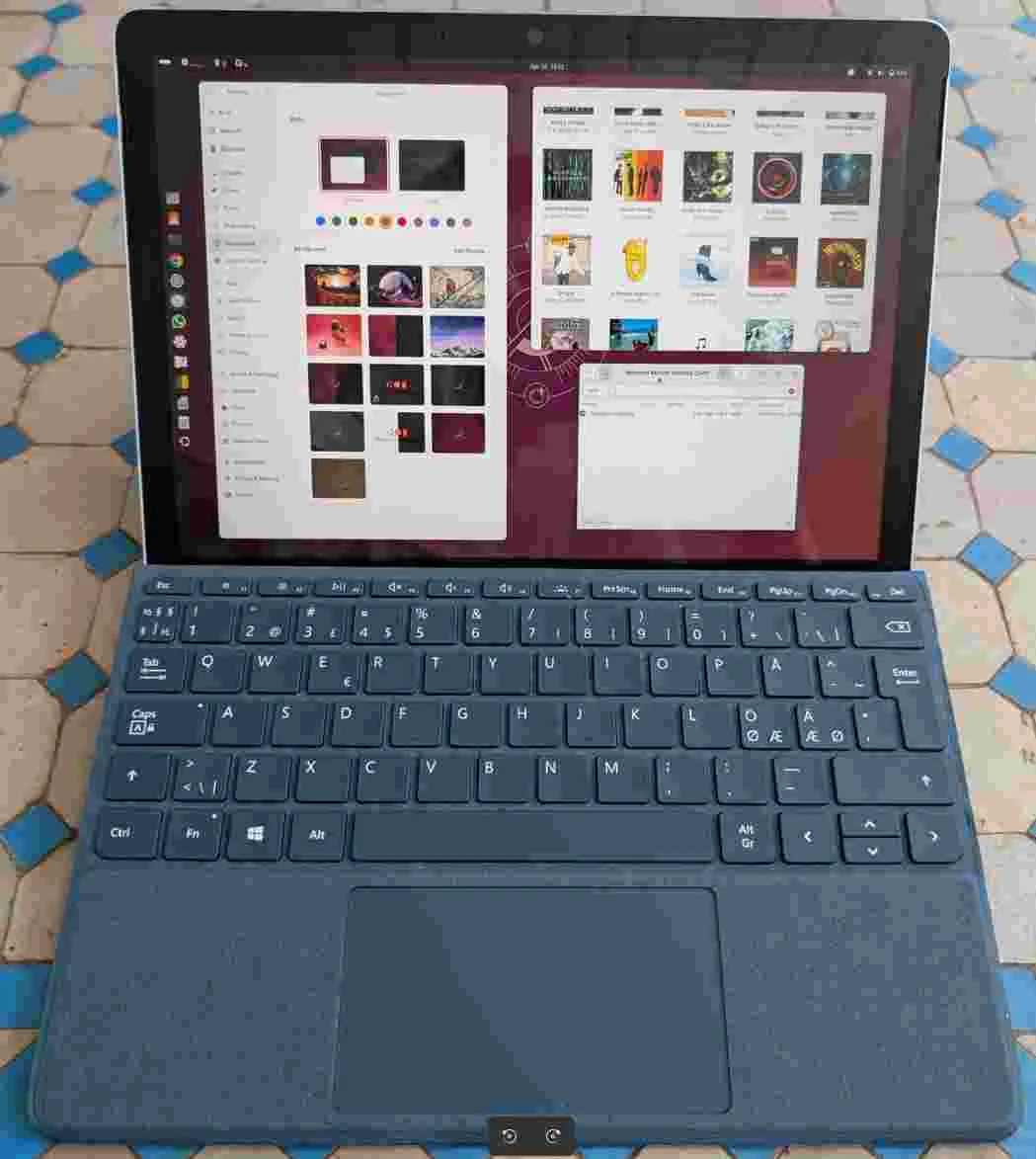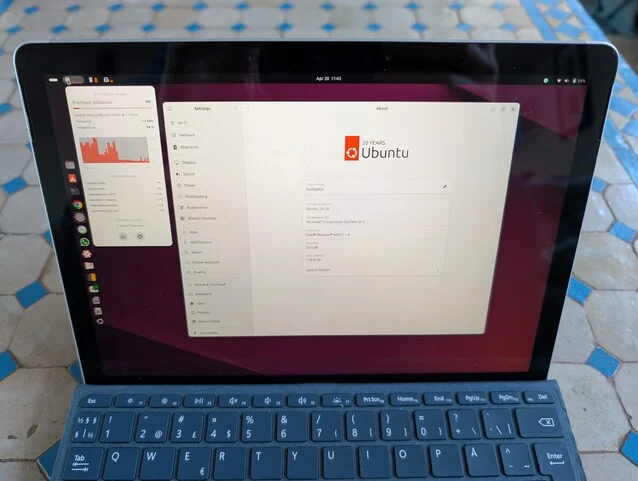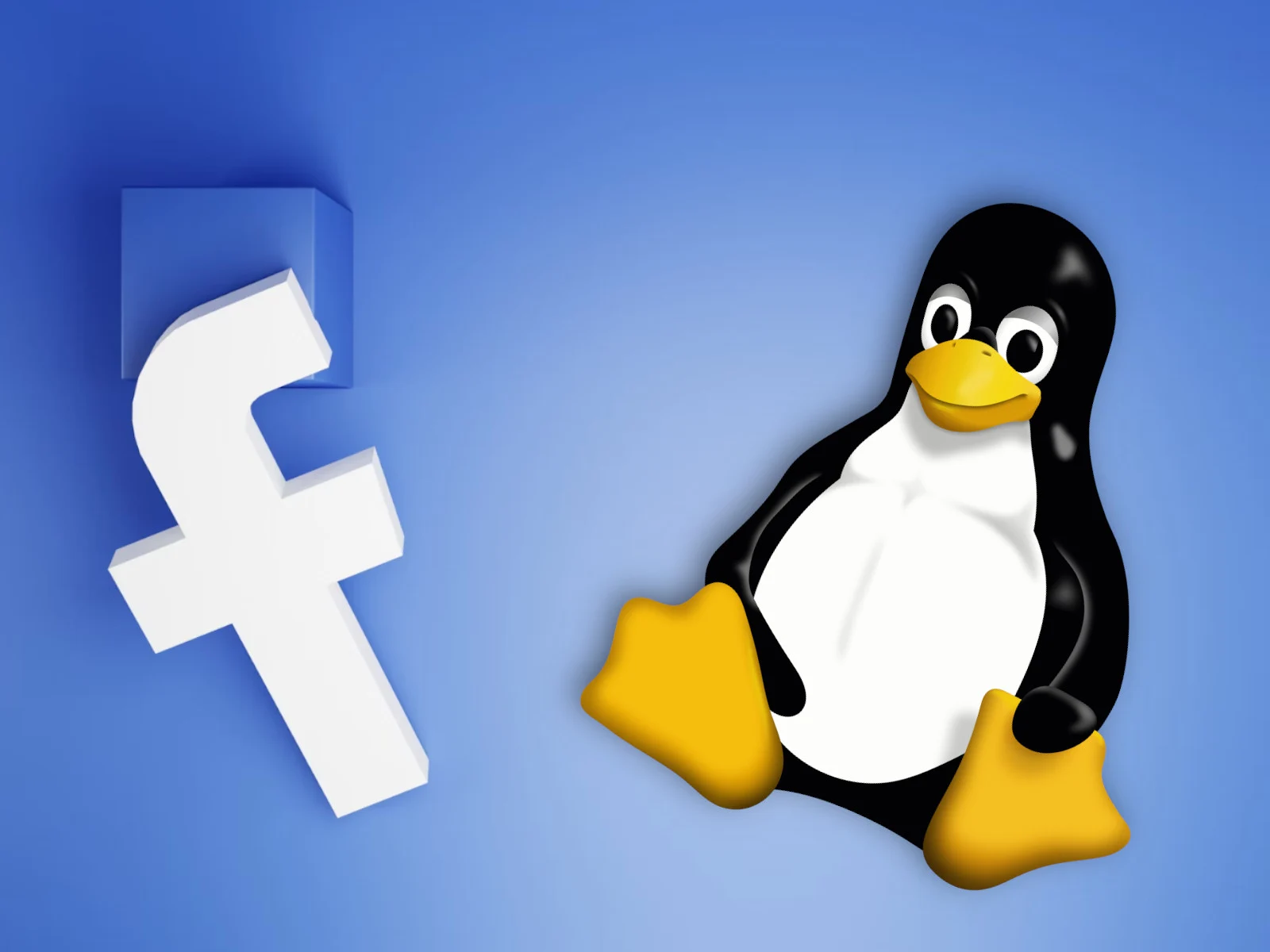Key Takeaways
1. Linux Market Share Growth: Linux has reached 5.03% of the desktop operating system market share in the U.S. as of June 2025, showing a steady increase from previous years.
2. Decline of Windows: Microsoft Windows has seen a significant decline in market share, dropping 13% over the past decade, with Windows 10’s share decreasing to 42.11% by June 2025.
3. User Dissatisfaction: Many Windows users are frustrated with Microsoft’s ad integration and features like Copilot, while macOS remains limited to expensive Apple hardware.
4. Linux as a User-Friendly Alternative: Linux distributions are focusing on user-friendliness and customization, offering a free, privacy-focused alternative that can run popular applications through compatibility layers.
5. Emerging Gaming Options: Linux gaming has improved with tools like Proton and support from Valve, making many AAA titles accessible, while gaming-specific distributions are gaining popularity among gamers.
The phrase “The year of the Linux desktop” has become a meme that reflects the growing acceptance of Linux as a competitive operating system for consumers, rivaling Windows and macOS. Each year since 1998 has been claimed to be the year for Linux on desktops, yet that promise has not materialized.
A Shift in Trends?
However, this might be about to change. Recent data from StatCounter for June 2025 reveals that Linux has captured 5.03% of the desktop operating system market share in the United States from May 2024 to June 2025. Microsoft Windows continues to lead the market with a significant 63.2% share, but this figure represents a 13% decline compared to the previous decade.
Among the various versions of Windows, Windows 11 makes up 54.72% of the market, while Windows 10, which was at 56.04% until February 2025 and peaked at 66.69% in December 2024, has now dropped to 42.11% by June 2025.
Apple’s Position
Apple’s OS X holds a respectable 16.57% of the market, while the newer macOS only has 7.72%. Together, Apple’s operating systems make up 24.29%, still significantly behind Windows.
The rise in Linux’s market share is notable, now exceeding the “Unknown” category at 4.76%. Chrome OS is trailing with only 2.71%. Over the last few years, Linux has seen consistent growth in desktop usage, moving from 2.76% in 2022 to 3.12% in 2023, 4.44% in 2024, and now 5.03% in 2025.
Long Road to Growth
It took Linux two decades to achieve a 1% desktop market share in 2011, and another ten years to reach 2%. According to ZDNet, which favors the US Federal Government Website and App Analytics over StatCounter, 23% of Linux users visit federal websites (this includes Android and Chrome OS), while 11.7% of visitors use macOS. Windows 10 and Windows 11 users make up 15.7% and 15.3%, respectively.
Windows 10 will reach its end-of-support date on October 14, 2025, although Microsoft is now providing options for extended security updates (ESUs) for an additional year. Many users with Windows 10 on capable hardware are unable to upgrade to Windows 11 due to its TPM requirement, which can be bypassed, but the methods are not officially endorsed by Microsoft.
User Frustrations
Windows users are unhappy with Microsoft’s strategy of pushing ads and integrating Copilot into nearly all features of the OS, affecting even basic applications like Paint and Notepad.
Conversely, macOS remains restricted to the pricey hardware it comes with. Although there are unofficial methods to install macOS on non-Apple computers, Apple’s transition to its own silicon has nearly eliminated support for x86 Macs. The forthcoming macOS Tahoe will be the last version to support Intel CPUs, and installing macOS on non-Apple hardware is against Apple’s EULA.
Moreover, the process of creating a Hackintosh is not simple and often involves a steep learning curve.
Linux as an Alternative
Many users perceive this gap as an opportunity for Linux. It is free, emphasizes privacy, offers vast customization options, and can perform better than Windows on similar hardware.
Distributions like Ubuntu, Mint, and Fedora are working hard to make Linux more user-friendly, while compatibility layers such as WINE enable Linux users to run popular applications like Microsoft Office with ease.
Interestingly, Microsoft has its own distribution called CBL-Mariner for Azure, which it also utilizes for the WSLg backend with WSL 2, allowing native Linux applications with graphical interfaces to run on Windows.
The Gaming Landscape
While gaming has traditionally been a stronghold for Windows, tools like Proton and Valve’s efforts to promote Linux gaming via the Steam Deck and Steam OS have made many popular AAA titles accessible on Linux without significant losses in performance or visual quality.
Source:
Link









